Eldest Princesses Labeled as ‘Vicious Women’: A Deep Dive into Their Stories

If you could travel back to ancient China and become an Eldest Princess, which image would you shape for yourself?
The type who appears gentle and noble on the surface, but secretly wields enormous power and is ruthless in political maneuvering (like the Eldest Princess in Joy of Life)?
The type who oversees state affairs, holds towering authority, and possesses unparalleled political wisdom and strategic cunning (like the Eldest Princess in The Princess Royal)?
The type who loses love due to political marriage, endures in silence, and becomes a pawn in family power games (like the Eldest Princess in Nirvana in Fire)?
Or the type who can seize any love she desires and exchange power for any interest she wants (like the Eldest Princess in Si Jin)?
Recently, screens have been dominated by ambitious and unapologetically “vicious” women—characters with clear goals who stop at nothing to achieve them. These “love-to-hate” female archetypes have sparked lively discussions among netizens.
But these are all larger-than-life, controversial Eldest Princess characters from fictional hanfu dramas, mostly set in imaginary dynasties. Were the real Eldest Princesses in history truly as powerful and scheming as their on-screen counterparts?
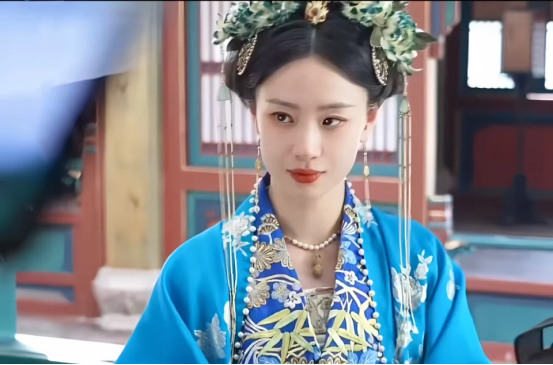
I. Who Were the Historical “Eldest Princesses”?
Contrary to modern assumptions, the title “Eldest Princess” in ancient China referred not to the emperor’s daughter, but to his sister—a designation that went beyond blood ties to symbolize power, politics, and social hierarchy.
1. Eldest Princesses in the Han Dynasty: Peaks of Influence
Han Dynasty Eldest Princesses enjoyed privileges comparable to regional princes:
They controlled fiefdoms with tens of thousands of households and were buried in mausoleums modeled after royal nobles.
Politically, their sway was undeniable.
Take Princess Liu Piao, daughter of Emperor Wen of Han, as an example:
- Favored by her family, she inherited all assets of the Eastern Palace after her mother, Empress Dowager Dou, died.
- When her brother Liu Qi became emperor, she rose to the rank of Eldest Princess—and quietly reshaped imperial succession.
- She schemed to depose Crown Prince Liu Rong.
- She maneuvered to install Consort Wang as empress.
- She paved the way for her son-in-law Liu Che (later Emperor Wu of Han) to become crown prince.
These moves, documented in Records of the Shiji, reveal her behind-the-scenes mastery of power.
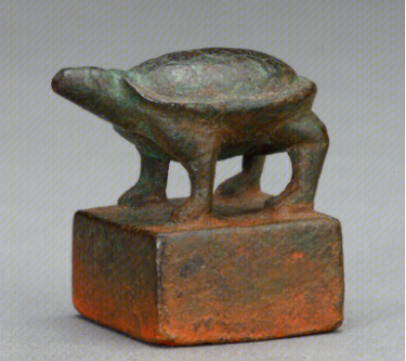
Most Eldest Princesses of the Han Dynasty enjoyed deep trust from the emperor, granting them significant influence over the imperial harem. Their “advisory power” often amounted to de facto decision-making authority, highlighting how blood ties directly shaped political clout. In short, Han Dynasty princesses wielded substantial power: with considerable economic might and control over resources, they had the wealth and networks to intervene in court affairs.
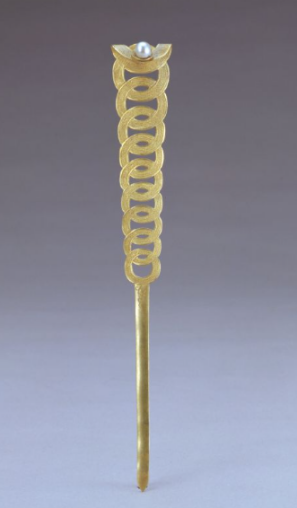
2. Tang Dynasty: Constraints on Freedom
In the Tang Dynasty, the status of Eldest Princesses was subjected to a stricter hierarchical system. As recorded in the New Book of Tang, royal women were categorized with meticulous precision:
- The emperor’s aunt was titled Grand Eldest Princess (first rank).
- The emperor’s sister held the title Eldest Princess (sister of the emperor), while his daughter was a Princess (both ranked as first-class officials).
- The daughter of the crown prince was a County Princess (second rank).
- The daughter of a prince was a District Princess (third rank).
Tang Dynasty Eldest Princesses often faced lives defined by arranged marriages to lower-status spouses. For example:
- Princess Tong’an, the sister of Emperor Gaozu, married the Governor of Suizhou (a regional official).
- Princess Linchuan, sister of Emperor Gaozong, wed the son of a military general.
- Princess Dongyang married the eldest son of Gao Shilian, but in her later years, she fell out of favor with Empress Wu Zetian due to her husband’s family connections.
While in reality, most political power held by Tang Eldest Princesses was symbolic—limited to ceremonial duties in rituals and diplomacy—their titles still underscored their unique standing within the royal family.
3. Song Dynasty: Emerging Changes
After the Song Dynasty, the role of Eldest Princesses underwent a new transformation. The Song implemented a posthumous title system, where princesses who died young were sometimes honored as Eldest Princesses after death—a symbolic gesture of retaining their royal prestige beyond life.
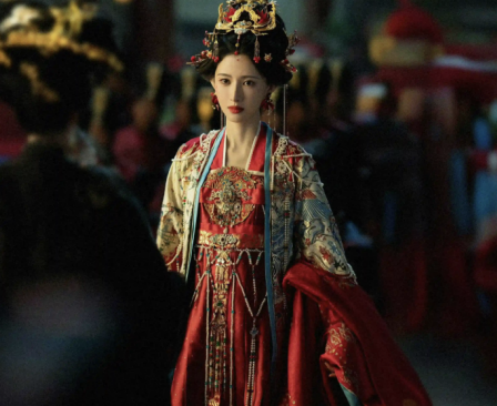
4. Ming and Qing Dynasties: Loss of Autonomy
By the Ming and Qing dynasties, as centralization of imperial power intensified, the political role of Eldest Princesses was gradually stripped away. They no longer held fiefdoms, relying solely on stipends and ceremonial privileges, and were increasingly reduced to pawns in political marriages. The Collected Statutes of the Ming Dynasty stipulated that imperial sons-in-law were banned from politics, and princess households were overseen by eunuchs— completely stripping away their political agency.
II. How Much Power Did Eldest Princesses Actually Hold?
Throughout history, Eldest Princesses in Chinese outfits as domineering and all-powerful as those in TV dramas were rare. Their authority varied wildly: some, like Princess Guantao and Yangxin in the Han Dynasty, could dominate the imperial harem and meddle in state affairs; others were forced into marriages with foreign tribes or suffered tragic fates due to unhappy unions.
1. Real Historical Eldest Princesses
During the Northern Wei Dynasty, some Eldest Princesses could serve as female officials, but eligibility required adhering to Confucian virtues and embodying filial piety as a model for noble women. For example, the title “female chamberlain” allowed communication between the inner (harem) and outer (court) courts, but their involvement in external politics remained limited—nowhere near the level of “interference” shown in dramas.
Political marriages were a key way Eldest Princesses influenced imperial power, often tied to family interests and court scheming. Tragic cases abounded: Princess Lanling, the second sister of Emperor Xuanwu of Northern Wei, was married off to Liu Hui, a fifth-rank official, but endured infidelity and domestic violence. She even died from a miscarriage caused by abuse, highlighting the harsh realities of women’s lives under the system.
2. Eldest Princesses in Television
The character Zhao Huirou in Serenade of Peaceful Joy is based on Princess Fukang, daughter of Emperor Renzong of Song—and later titled Eldest Princess of Yue State. Her tragic storyline in the drama is rooted in historical truth.
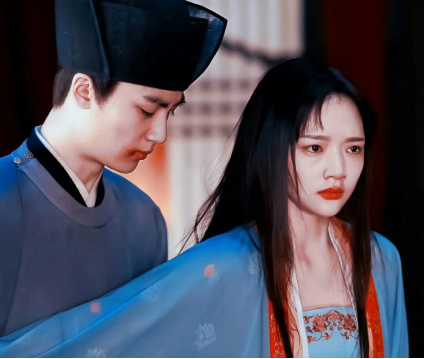
According to Sima Guang’s Sushui Jiwen, Princess Fukang was forced into marriage with her cousin Li Wei, a union that left her deeply unhappy. Though she successfully obtained a divorce from Li Wei, she was later compelled to reunite with him per Emperor Renzong’s final wishes, and she died in despair.
While literary works often dramatize Eldest Princesses’ stories—even adding fictional revenge plots—the real struggles of women caught between family interests were inescapable, even for those of noble status. Eldest Princesses typically enjoyed ceremonial privileges, but their political involvement was often checked by various powers, limiting their ability to intervene in state affairs.
III. Why Do TV Dramas Portray “Nine Out of Ten Eldest Princesses as Vicious Women”?
Many TV dramas deliberately lean into “dark aesthetics” when crafting villainous female characters. For example:
They dress them in hanfu of purple, maroon, or black hues.
Their eye makeup often features striking details like red shadow at the outer corners, designed to evoke a “fierce, unstoppable” aura.
These characters reject traditional “virtuous heroine” stereotypes, embodying ruthless agency and subverting expectations of female docility.
Visual Symbolism in Costuming:
1. Moonlight Mystique:
The character Fuling contrasts sharply with the protagonist Bai Shuo. While Bai Shuo’s makeup and clothing use soft, light colors to signal purity, Fuling’s dark, bold palette—deep tones and sharp contours—visually codes her as cunning and dangerous.
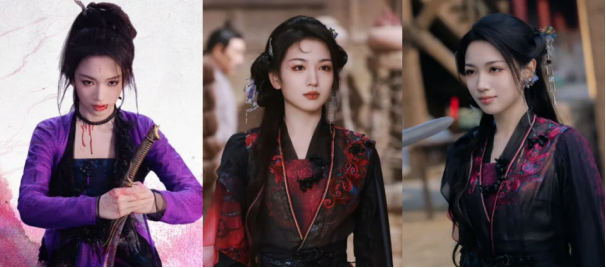
2. Joy of Life:
Eldest Princess Li Yunrui is the epitome of merciless ambition. When Master Yuan casually remarks that Xinyang cuisine is too spicy, she orders all his chefs beheaded and replaced—a brutal act that defines her willingness to eliminate any obstacle.
Her aesthetic reinforces this ruthlessness:
- Predominantly dark tones in her Chinese dresses
- Sharp facial contours (angular eyebrows, pointed jawlines) that convey aggression
- Minimal softness in her styling, emphasizing cold, calculating power
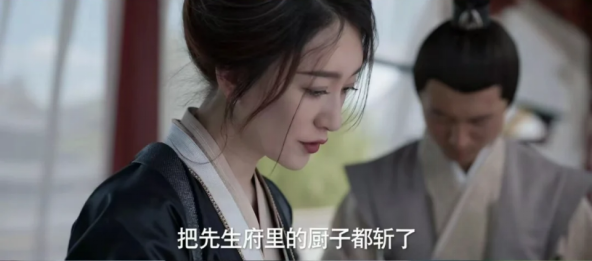
Revisiting these historical snapshots, it’s clear that on-screen Eldest Princesses with “unhinged schemer” personas are packed with dramatic tension—and subtly mirror real historical fates. Though some may have tried to rewrite their destinies with wit and courage, they often succumbed to the roles history imposed.
Across dynasties, the title of Eldest Princess brought both glory and tragedy, tangled in political interests. Their lives were shaped by era-bound constraints yet complicated by personal choices, creating a paradox that fuels endless creative inspiration for filmmakers: dramatizing historical truths to craft legendary “vicious woman” archetypes—powerful, ruthless, and endlessly compelling.
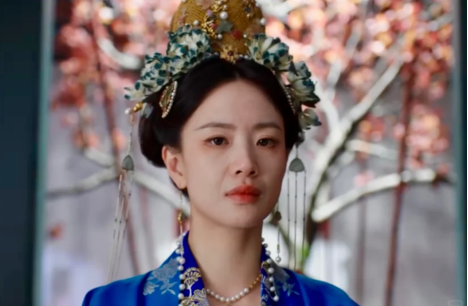
Unlike carefree princesses or confined concubines, Eldest Princesses held a unique status: they couldn’t ascend the throne themselves, but their proximity to power gave them an aura of authority and distinction, making them perfect “queen substitutes” in storytelling.
Nowhere is this clearer than in adaptations of Han Dynasty Eldest Princesses’ tales, which satisfy audiences’ cravings for political intrigue and larger-than-life heroines.
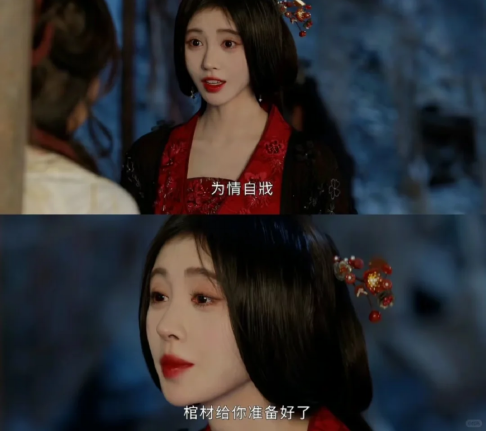
Summary
Sometimes, “vicious woman” characters even outshine the upright protagonists and steal the spotlight. This might be because their courage, wit, and determination in pursuing their goals allow audiences to feel the power and charisma of female roles. If you want to try a “villainous hanfu” aesthetic, take inspiration from the makeup and styling of:
- Yu Shuxin in Love Game in Eastern Fantasy
- Ju Jingyi in In Blossom
- Chen Duling in Till the End of the Moon and Fangs of Fortune
These looks might spark some creative ideas!
Do you love these “vicious woman” archetypes? Let’s discuss in the comments!
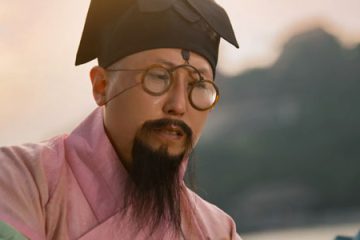
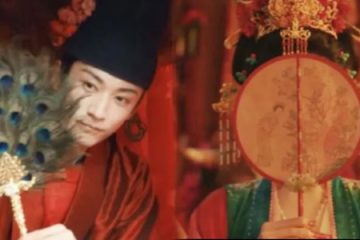
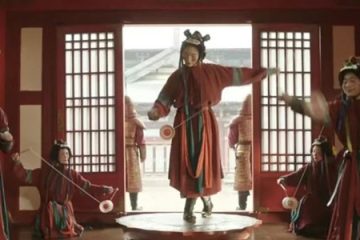
0 Comments